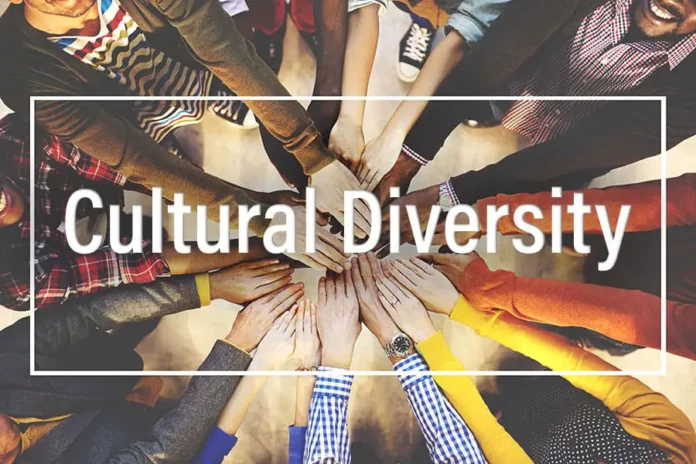We live in a world of increasing movement, migration, and global interaction, making it essential for diverse cultures to understand, accept, and live in harmony with one another. As societies become more multicultural, the importance of promoting unity in diversity has become imperative.
To address the gaps and challenges that arise from cultural differences, Social Cultural Integration Therapy (SCIT) has emerged as a promising approach. Let’s delve deep into what SCIT is and how it facilitates harmony amidst diversity.
Cultural Diversity

Before diving into SCIT, it’s crucial to grasp the essence of cultural diversity. It refers to the coexistence of different cultural groups based on their age-old traditions, practices, languages, ideologies, and lifestyles. While it enriches our societies with a wide array of perspectives, it can also give rise to misunderstandings, prejudices, and stereotyping. Make sure to look into getting a social cultural integration therapist of your own.
What is Social Cultural Integration Therapy (SCIT)?
SCIT is a therapeutic approach focusing on assisting individuals and groups in understanding and integrating diverse cultural backgrounds. It combines elements from various therapeutic techniques and aims at helping people adjust, assimilate, and celebrate cultural differences while maintaining their unique identity.
Why is SCIT Needed?

- Addressing Acculturative Stress: Immigrants and refugees often undergo acculturative stress due to shifts in cultural environments. SCIT assists them in understanding the new environment and aligning it with their original cultural beliefs.
- Reducing Prejudices: Prejudices stem from a lack of understanding. SCIT educates people about various cultures, reducing preconceived notions and biases.
- Enhancing Cultural Identity: For those who feel lost between two cultures, SCIT provides an avenue to strengthen their cultural identity while respecting the new culture they are in.
Key Principles of SCIT
Empathy and Validation: At the heart of SCIT is the belief in the power of empathy. It’s about understanding and validating another person’s cultural background without any judgment.
Education and Awareness: It’s not enough to be tolerant. SCIT emphasizes the need for education to make people culturally aware, ensuring informed and respectful interactions.
Personal Exploration: SCIT encourages individuals to explore their cultural beliefs and values, which aids in understanding oneself better and promoting respect for other cultures.
How SCIT Works

- Assessment: The first step in SCIT involves assessing an individual’s or group’s understanding of their own culture and the new culture they are interacting with. This provides a clear picture of where the gaps lie.
- Cultural Education: Therapists educate participants about various cultural norms, values, and traditions, broadening their horizons and ensuring informed perspectives.
- Role-playing and Simulation: To prepare individuals for real-world situations, therapists use role-playing. This helps in understanding the do’s and don’ts of interacting in a multicultural environment.
- Discussion and Reflection: After each session, time is devoted to discussing and reflecting on what was learned. This reinforces the learnings and allows for any adjustments to the therapeutic approach.
- Community Engagement: Engaging with the community is encouraged. This helps participants put their learnings into practice and solidifies their understanding.
Benefits of SCIT
- Personal Growth: One of the most profound benefits of SCIT is personal growth. Participants often find a deeper understanding of themselves and their place in a multicultural world.
- Reduction in Social Tensions: As communities become more understanding and educated about different cultures, the tensions, biases, and prejudices reduce significantly.
- Formation of Multicultural Relationships: SCIT opens doors for forming relationships that transcend cultural boundaries, fostering global unity.
Challenges and Limitations

Like all therapeutic approaches, SCIT has its limitations. Some individuals might resist changing their deep-seated beliefs. Others might find it challenging to reconcile differences between two extremely different cultural values. However, with consistent efforts and an open mind, these challenges can be addressed.
Final Words
In today’s interconnected world, the harmony that arises from understanding and valuing diversity cannot be overstated. Social Cultural Integration Therapy, with its focused approach on education, empathy, and personal exploration, stands as a beacon of hope. It promises not just individual peace and understanding but also a more harmonious, integrated global society. In embracing SCIT, we move a step closer to a world where diversity is not just tolerated but celebrated.








